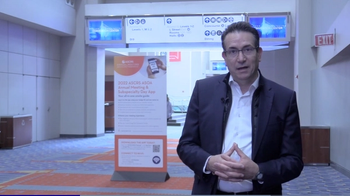
Riad Sherif, MD, CEO of Oculis, gives a company update on clinical trials for products in DME, ocular surgery, and more; plus, growing products in glaucoma treatments, team and financing updates.


Riad Sherif, MD, CEO of Oculis, gives a company update on clinical trials for products in DME, ocular surgery, and more; plus, growing products in glaucoma treatments, team and financing updates.

According to the ALOFT study, patients demonstrate improved long-term vision in real-world setting after wet AMD conversion compared to current standard of care.
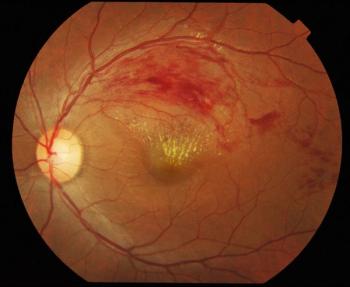
According to research, many patients with retinal vein occlusion have vision benefits, but require long-term monitoring and treatment
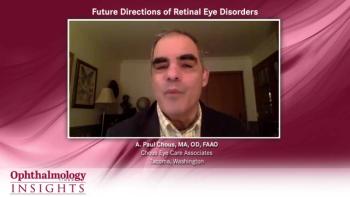
Dilsher S. Dhoot, MD, and A. Paul Chous, MA, OD, FAAO, discuss future directions and unmet needs in the field of retinal eye disease.
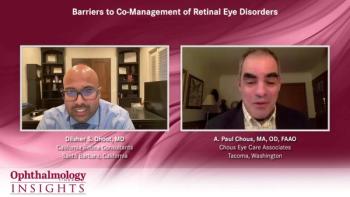
Key opinion leaders discuss the barriers to co-management of retinal eye disease.

Researchers at the University of Southern California have stimulated the retinas of blind mice using focused ultrasound technology.

According to the company, post-hoc analyses from Illuminate trial of sepofarsen demonstrate an encouraging efficacy signal when comparing active treatment and sham eyes to their corresponding contralateral eyes across multiple endpoints. The company plans to discuss findings with regulators in Q3.
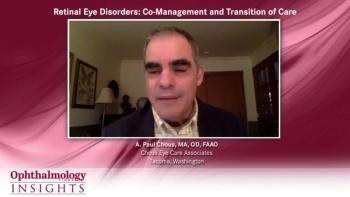
Dilsher S. Dhoot, MD, and A. Paul Chous, MA, OD, FAAO, discuss the transition of care from ophthalmologist to optometrist once a patient has completed active treatment for retinal eye disease.
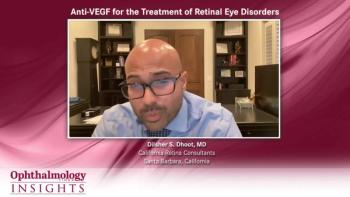
Experts in the field of retinal eye disorders discuss the role of injectable anti-VEGF inhibitors and how they have changed the treatment landscape.

According to review, patients with mild DR at baseline fare better

Impact of native lipids on rhodopsin signaling and regeneration opens door to GPCR drug discovery in native membrane environments
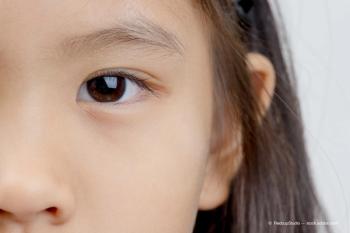
The trial marks the first-ever in vivo delivery of an experimental CRISPR gene editing medicine to a pediatric patient, with the company on track to complete dosing of the pediatric mid-dose cohort in the first half of 2022.

According to researchers at the University of California, Irvine, base editing may provide long-lasting retinal protection and prevent vision deterioration in patients with inherited retinal degeneration, specifically in Leber congenital amaurosis patients.
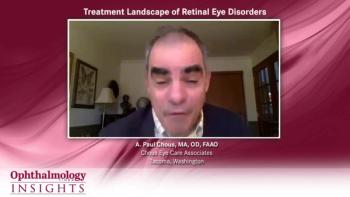
Dilsher S. Dhoot, MD, leads a discussion about the treatment landscape of retinal eye disorders.
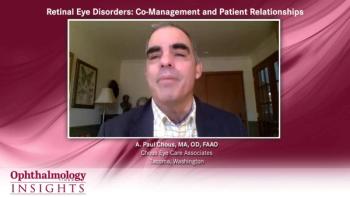
Key opinion leaders discuss how co-management affects the patient-provider relationship in the treatment of retinal eye disorders.
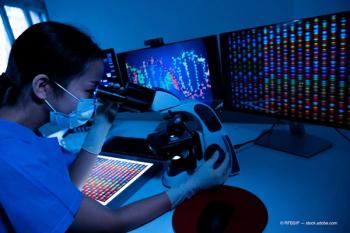
According to the company, the modifier gene therapy candidate is for the treatment of retinitis pigmentosa resulting from mutations in the nuclear receptor subfamily 2 group E member 3 and Rhodopsin genes.
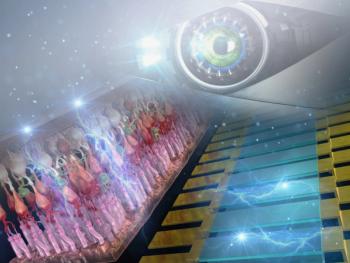
Investigators at the International Center for Materials Nanoarchitectonics have developed the first-ever artificial retinal device that increases the edge contrast between lighter and darker areas of an image, using ionic migration and interaction within solid.

The company’s announcement marks first clinical trial in humans of Ocugen’s modifier gene therapy platform.
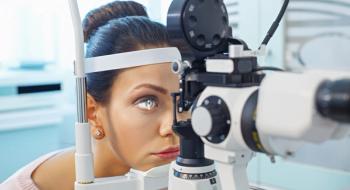
A University of Houston study found that minorities have fewer eye exams, higher instances of disease.

If the BLA is approved, the company could receive 12 years of marketing exclusivity for an FDA-approved alternative for the most frequently used anti-VEGF treatment in wet AMD patients in the United States.
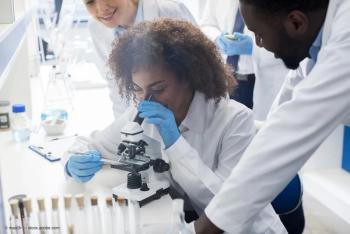
The company is planning a Phase 2 trial with an optimized formulation in wet AMD that is expected to start in fourth quarter of 2022.
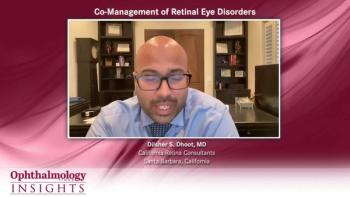
A. Paul Chous, MA, OD, FAAO, leads a discussion about the optimal circumstances for optometrists and ophthalmologists to work together to manage a patient with retinal eye disorders.
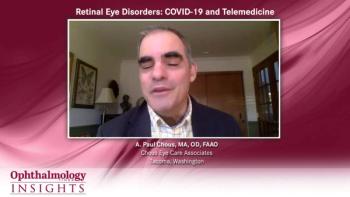
Experts in the field of retinal eye disorders discuss how the COVID-19 pandemic and use of telemedicine has affected communication between optometrists, ophthalmologists, patients, and providers.
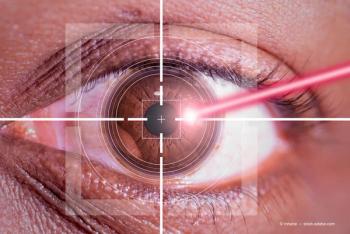
Mark Packer, MD, shares his perspective on the relationship between ICL implantation or LASIK and retinal detachment.
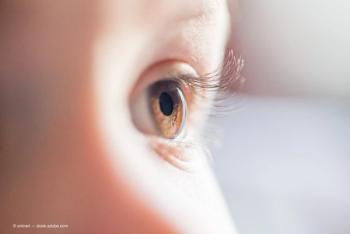
Lower doses vs higher ones are equally effective for treating disease